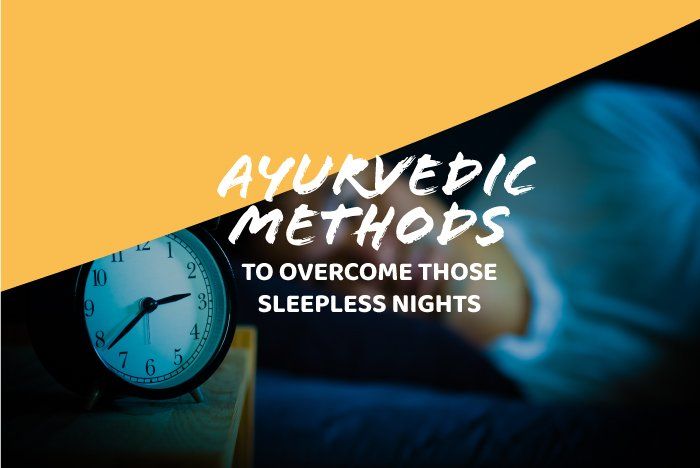Sometimes, falling asleep at night can feel like an impossible mission. A busy mind, a stressful day, a restless body… We all know these signs and how powerless we are against insomnia.
But did you know that meditation can make falling asleep easier? It’s a natural method to wind down after a long day and empty your mind as you prepare to go to bed. Here’s what we have to say about meditation and its effects on your sleep.
Studies have shown that individuals who practice meditation tend to suffer less from insomnia. One explanation for this is that, by meditating, you strengthen your control over your nervous system which will help you get into a less easily-disturbed sleep.
It can also encourage the production of melatonin and serotonin (two hormones involved in the regulation of sleep), stabilize your heart rate and improve your blood pressure. All of these physiological changes are what happens in your body as you fall asleep; by kickstarting these steps ahead of time, meditation can help your body find sleep more easily.
Now that you know the why, let’s move on to the how.
First of all, dedicating a special time for meditation and including it in your everyday routine will make meditating much more beneficial. A good base for your meditation would be to find a nice, calm area where you can sit or lie down (since your goal is better sleep, we suggest practicing in bed). Remove all distractions (phone as well, preferably). Close your eyes and start to breathe in and out, deeply and slowly. Try to stay focused on your breathing pattern the whole time.
Keep your meditation short at first, to practice focus without too many thoughts popping into your mind. Start with just 3 minutes, right before getting into bed. Then add more minutes the more you feel comfortable with your practice. A great goal would be to achieve a meditation practice of 15 to 20 minutes, but keep in mind that it can take a long time to learn how to quiet your thoughts.
There are also different types of meditation that you can experiment with, to find what works best for you and your mind:
Mindfulness meditation
— A practice that links consciousness, breath and body to help you focus on the present.
When practicing mindfulness meditation, count to 10 while you breathe in. Count to 10 while you hold your breath. Then count to 10 while you breathe out. Do this for 5 cycles of breath.
For the next 5 cycles of breath, do the following: Breathe in. Pause and tense your body. Then relax and breathe out. Focus on your breathing, but also on tensing then relaxing all your muscles. If a thought pops up, acknowledge it and then refocus on your practice.
Guided meditation
— A practice where you let yourself be led and guided through breathing cues, or visual and audio suggestions.
You can find a multitude of easily accessible guided meditations online.
Our recommendation is to lie down in bed for your practice, and make sure to dim the light of the device you’re using for your meditation. As you listen to the recording, focus on the voice you’re hearing, and use it as an anchor if your thoughts start to wander.
Body scan meditation
— A practice that focuses on the body to create better awareness of bodily sensations like tension, which in turn improves relaxation. Notice how your body’s weight is distributed and supported by the bed. Then bring your focus to your face. Relax your forehead, your tongue, your jaw, your eyelids… Try to smooth out all the tension from your facial muscles. Then slide your focus down, relaxing your neck, your shoulders, down your arms all the way to the fingertips.
Keep going down through your chest, your stomach, your hips, legs and down to your toes. Notice if your spine is comfortable, and if any muscle tenses back up, focus on relaxing it. If you feel like it, you can then do this process again but starting down from your toes and working your way back up to your head.
Now that you know the basics of meditation, will you try it out? If you do give it a shot, we hope it will help you ease yourself into a better, more restful sleep. You might also try it and find that it’s not for you, and that’s totally alright. No two minds work the same, and it’s all about finding what gets yours kicking (or in this case, sleeping!).




